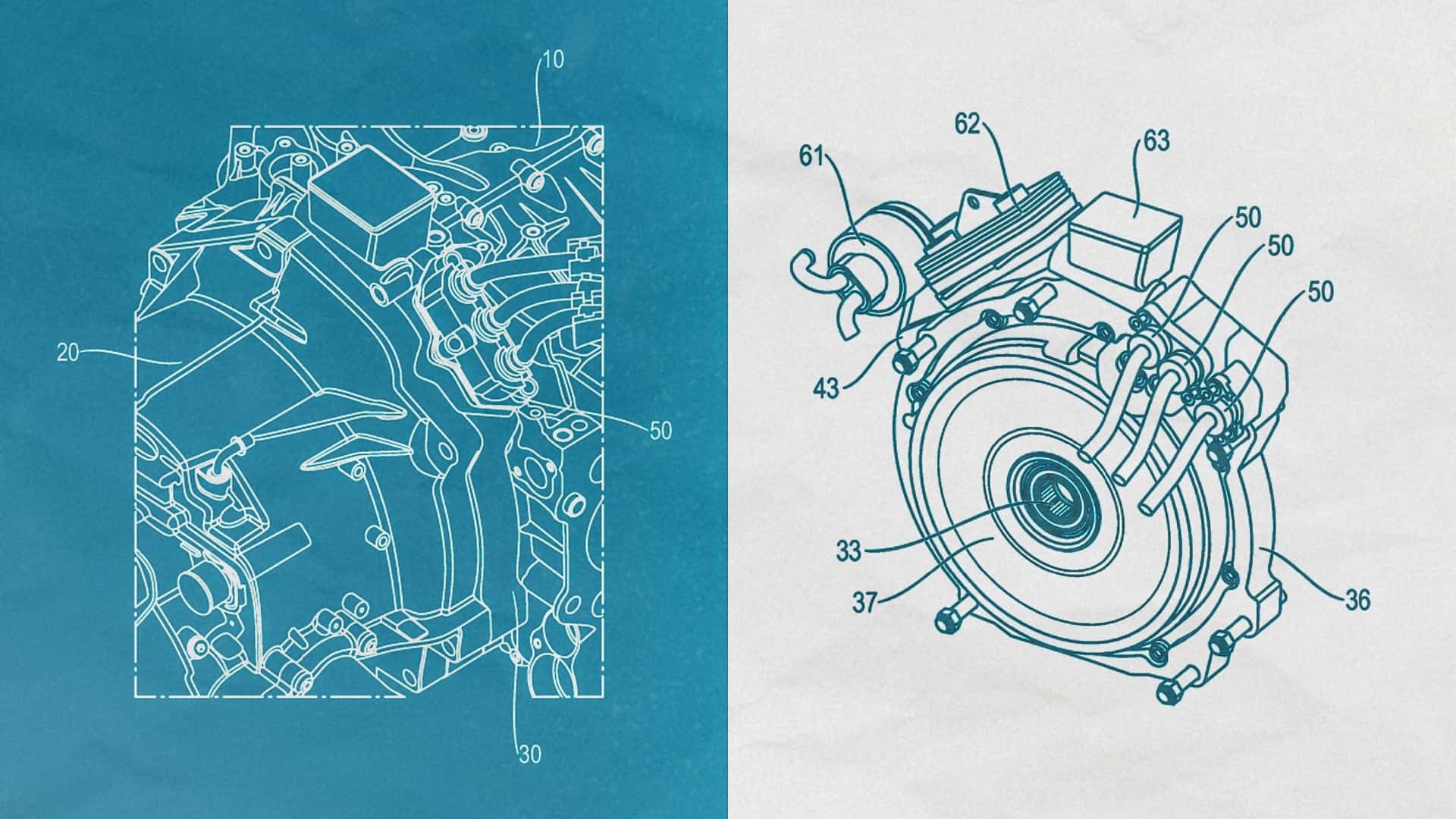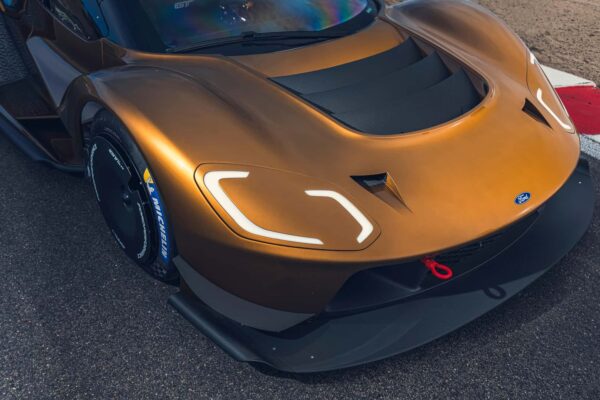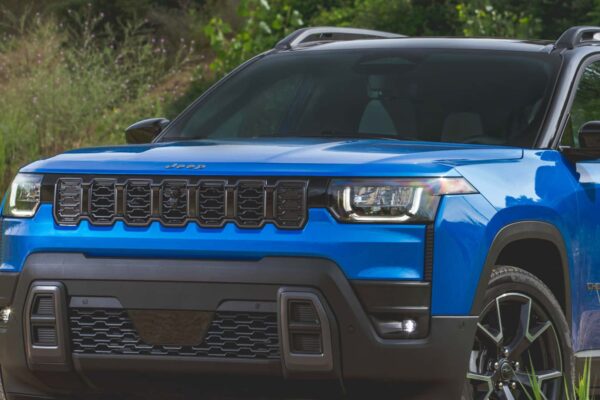Axial flux drives are still an emerging technology, but they are quickly becoming the preferred choice for some high-performance hybrid systems. Thanks to their light weight, compact design, and impressive power outputs, companies like Ferrari and Lamborghini have already incorporated them into some of their latest road cars.
Porsche could be next. According to the patent Detect by CarBuzz And raised with World Intellectual Property Organization (WIPO)The company is developing a hybrid powertrain that combines smaller and lighter axial flow engines from supplier Yasa with a combustion engine. While the patent covers use in any passenger vehicle, it specifically mentions “sports car” applications.
The concept seems very simple on the surface. Instead of mounting a relatively bulky (conventional) radial-flow motor in the PDK gearbox – as Porsche currently does with the 911 Carrera GTS – the thin, disc-shaped axial-flow motor will be placed between the engine and transmission, neatly placed within the dual-mass flywheel assembly.
The electric motor and combustion engine will work together through a dual-clutch gearbox. Thanks to the engine’s ultra-slim design—up to 3.1 inches thick in some current applications—it won’t add much length to the overall powertrain. This means that the engine and e-motor must remain behind the driver without any major compromises.
The patent specifies that the system will accommodate a mid- or rear-mounted motor. The engine will need to be mounted longitudinally, coupled to a transverse dual-clutch transmission. There’s no indication if this setup can work with a manual gearbox, but one can hope.
By design, the configuration is also said to generate less heat. When combined with a “cup- or bell-shaped” permeation chamber, as described in the patent, both the electric motor and combustion engine should receive adequate cooling.
The big question is: How much power can this hybrid system make? In reality produces?
Photography: WIPO
As we know, Yasa compact motors produce high torque; The company boasts up to 470 horsepower and 590 pound-feet of torque on its most powerful setting. The Ferrari SF90 hybrid uses three Yasa engines with 217 hp, while the two engines in the Lamborghini Revoleto generate just under 296 hp. But both systems are coupled with powerful V-8 and V-12 engines, with each car producing just over 1,000 horsepower.
If Porsche uses this technology in a future road car, the results could be, for lack of a better word, ridiculous. The current electric motor in the 911 Carrera GTS produces approximately 54 hp and 110 lb-ft of torque on its own, which translates to a total system output of 532 hp and 449 lb-ft when paired with the flat-six.
Assuming Porsche combines the new axial-flow engine with a version of its 3.6-liter turbocharged engine — which seems likely — the combined output would likely exceed 800 or 900 hp, depending on the application. This level of power would naturally fit into something like a GT2, GT3, or even a Hypercar rumored (Wink, wink).
Of course, there are still a lot of variables at play here; Trying to predict exactly what this setup would look like or how much power it could actually produce in a road car is just guesswork at this point. However, the potential alone is undoubtedly exciting.



